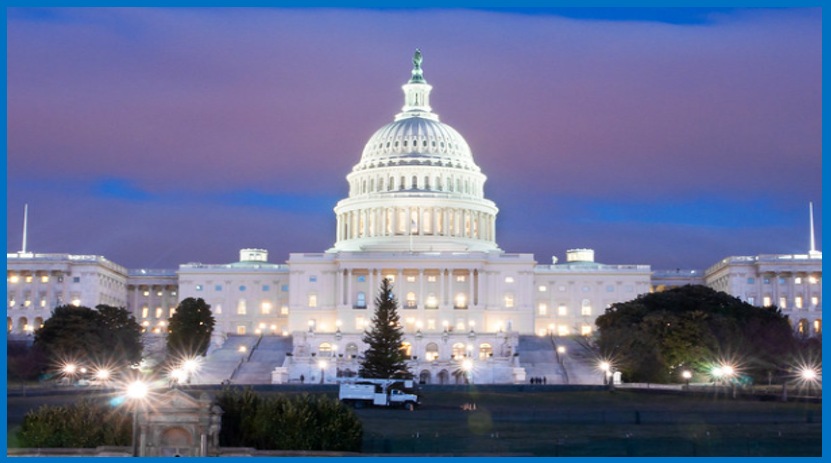The longest shutdown in American history is now costing billions weekly, disrupting flights, food aid, and federal paychecks.
🏛️ A Record-Breaking Stalemate
The U.S. government shutdown entered its 40th day on Sunday, November 9, 2025, with senators convening in a rare weekend session to search for a resolution. The impasse, triggered by a budget standoff that began on October 1, has already surpassed all previous shutdowns in length and scale.
More than 750,000 federal employees remain furloughed or working without pay, while millions of Americans face uncertainty over food assistance and essential services.
✈️ Disruptions Nationwide
The shutdown’s impact is being felt most visibly in air travel. The Federal Aviation Administration (FAA) has ordered flight reductions at 40 major airports, citing staffing shortages among unpaid air traffic controllers. This has led to thousands of cancellations and delays daily, stranding passengers across hubs like New York, Dallas, Chicago, and Los Angeles.
Meanwhile, the Department of Agriculture has warned states to halt emergency measures to issue SNAP benefits, threatening food security for millions of low-income households.
💰 The Growing Economic Cost
Economists warn the shutdown is inflicting lasting damage on the U.S. economy:
- Weekly losses: Estimates range from $7 billion to $16 billion per week in lost output CBS News.
- Cumulative impact: By day 40, the shutdown has already cost $40–60 billion, with the Congressional Budget Office projecting up to $14 billion in permanent lost GDP Poynter.
- Federal workforce: Nearly 1.8 million workers are expected to miss paychecks by the end of November Northern Trust.
- Air travel and tourism: Airlines and airports are losing hundreds of millions weekly due to reduced schedules and passenger disruptions.
- Food assistance: The Department of Agriculture has warned that millions of families could lose access to SNAP benefits if the shutdown continues ABC News.
- Private sector spillover: Small businesses reliant on federal contracts and tourism are reporting sharp declines in revenue.
🔑 What’s at Stake
The Senate remains divided, with Republicans rejecting Democratic demands for expanded healthcare protections in the budget. Economists caution that even if the government reopens soon, some losses will be permanent, particularly in consumer spending, tourism, and small business activity.
In summary: The U.S. government shutdown has now stretched into its 40th day, costing the economy tens of billions of dollars while grounding flights, threatening food aid, and leaving federal workers unpaid. With no deal yet in sight, the financial and social toll is deepening by the day.
Sources:
- Al Jazeera – U.S. government shutdown enters 40th day Aljazeera
- CBS News – Shutdown costing billions weekly CBS News
- Northern Trust – The cost of the U.S. shutdown Northern Trust
- ABC News – Shutdown impacts on food assistance ABC News
- Poynter – CBO estimates on shutdown costs Poynter
U.S.-Senatem-Capitol-Building-on-Flickr-by-ajagendorf25



